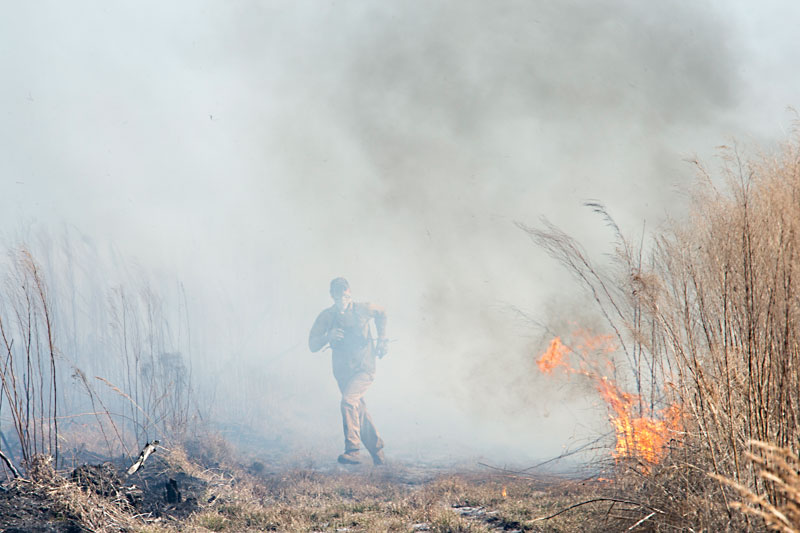Field Research From Afar
360-degree spherical video puts students in the action
By Richard Whittaker, Fri., March 4, 2016

Using 360º Spherical Video as a Teaching Tool
Monday, March 7, 12:15pmACC Ballroom EFG
Bethanne Tobey was the first teacher at her school to have a smart board in her classroom. Now she's integrating 360-degree virtual reality into education, and it's about more than cool visuals. It could save lives.
Tobey wasn't always ahead of the IT curve. When she went for her teaching diploma, she said, "I barely knew how to save to a floppy disc. I just took to technology because I thought it was such a natural fit in the classroom, and it just took me down this crazy path of technology infusion with education." Over time, she has parlayed her experience in a North Carolina seventh-grade classroom into her current post as lead instructional designer at North Carolina State University, "working on best practices, looking at new ways to teach, new teaching tools to better help engage the learners. And not only engage the learner, but really home in on the learning component."
These days, her attention has turned to the possibilities for virtual reality: However, she quickly notes this isn't just about the next academic toy. With any technological advance in the classroom, she said, "There's always a wow factor. The newest thing that's out there, and students become really excited and engaged." But if the student isn't really learning anything, or the teacher can't assess what they are learning, then that wow factor is all sizzle, no steak. That's why Tobey concentrates on truly practical applications: "Where virtual reality – and more specifically 360 video and still images – have come into play is in field-based and lab-based instruction, for people taking online courses that can't always get that field experience."
Take forest fires. 2015 was the worst year on record for wildfires, with more than 11 million acres lost to the flames nationally. Central Texas is still living with the scorched legacy of the Bastrop fires of 2011, in which 32,000 acres – including much of Bastrop State Park and Lost Pines Forest – were devastated. The most effective way to ensure such fires do not happen is clearing fields with controlled burns, but that's a complex science, and in many areas a lost art. That's why Tobey and her collaborators at NC State's Distance Education and Learning Technology Applications division are working with the eFire group to create a virtual reality extension outreach course for landowners. "They spent three years documenting 360-degree footage of experts in the field," she said, "so that landowners at home who don't have access to come to Raleigh can get that real-world experience. They can sit at home and watch the burn. They can look up at the trees, and they can look down at the grasslands."
That's not the only critical area where she's finding opportunities for VR. Along with Food, Bioprocessing, and Nutrition Sciences assistant professor Clint Stevenson, her team has developed a virtual dairy to allow inspectors with North Carolina's Department of Agriculture & Consumer Services to keep their training up-to-date. Their source material is actually very close to Tobey: Under her office, NC State has its own dairy, Howling Cow creamery, that produces its own cheese and ice cream. "It's delicious," she said. "If you're ever here, you should have some."
While VR still lacks the visceral impact of actually being there, Tobey suggested that there may be some educational advantages to 360 video. She said, "If you're on a field trip, you're not always going to be listening to the facilitator. You're going to be looking around." Take out those distractions, and the student may be better able to focus.
It's also far more affordable than most people are expecting. While the headline-grabbing Oculus Rift may be a bank-buster, Google Cardboard will convert a standard smartphone into a VR-ready headset for the price of a cup of coffee and a cookie. That price point could demystify VR, not just for students, but also for educators. Tobey said, "What I'm most interested in is bringing that low-cost, high-quality production value, and putting it in the hands of the teachers and the faculty, so they can produce their own content."
Got something to say on the subject? Send a letter to the editor.










